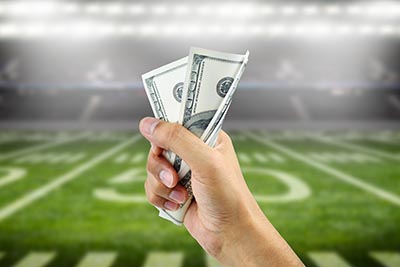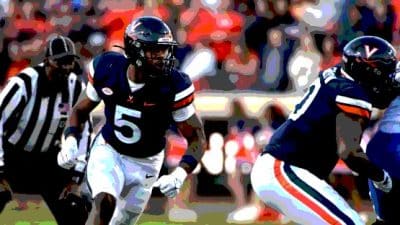
Today, bookmakers offer many types of odds and types of bets, each of which has its designation. In this article, we will answer a popular question, what do plus (+) and minus (-) signs mean sports betting?
What does +100 or -100 mean in sports betting?
A plus or minus sign and a three-digit number denote the odds in US sportsbooks (you can find the rating of the best of them on Meta.reviews).
The value of the odds with a plus sign is the amount of potential net profit that can be obtained from a $100 bet. For example, odds at +125 mean that a $100 bet will generate a net profit of $125. The total profit, in this case, will be $225 ($100 bet + $125 net profit).
The value of the odds with a minus sign is the amount you need to bet to get $100 in net profit. For example, odds at -120 mean that a $120 bet will generate a net profit of $100. In this case, the full payment will be $220 ($120 bets + $100 net profit).
What does +1.5 or -1.5 mean in sports betting?
A plus or minus sign and a fractional or whole single or two-digit (for bets on the total in basketball) number usually denotes a handicap bet.
Handicap is a bet on the victory of a particular team with some adjustment. The handicap is added to the final result, and if the final result is in favor of the selected team, the bet wins.
For example, let’s take the soccer match Manchester City – Sunderland. If the player bets H1(-1.5), he will win if Manchester City win the match with a difference of 2 or more goals (2:0, 3:1, 3:0 and so on). The bettor will lose if Manchester City win by just 1 goal or fail to win at all (1-0, 0-0, 1-2, etc.).
Now consider the Real Madrid – Atletico Madrid match. The bet is H2 (+1.5). The bettor will win if Atletico Madrid win or draw or lose by just 1 goal. The bet loses if Real Madrid win with a difference of 2 or more goals.
The peculiarity of handicap betting is that bookmakers define any sporting competition as a 50/50 contest of equal chances, adding one (usually the underdogs) a point advantage at the expense of the clear favorites of the match. It can be said that in this way bettors’ chances are somewhat equalized, which makes them focus more on luck than on the skill and experience of the sports team.
Types of handicaps
- A handicap can be an integer: (-1), (+1) and so on. With such a bet the player can get a return if, for example, he bet on -1 for the first team, and it wins with a difference of only one goal.
- A handicap can be fractional: (-1.5), (-2.5), (+1.5), (+2.5) and so on. In this case, a return is possible only if the match is canceled.
- Positive handicaps are usually given to a clear underdog. In case a player bet on the victory of an underdog with a handicap (+2.5), and the match ended with a minimal victory of the favorite, it can be said that the bet won.
- Negative handicap, respectively, is set to the favorite. So, if a capper made a bet with a negative handicap (-1.5), and the match ended with a landslide victory of the favorite, the bet wins.
- The essence of the zero handicap is that the player will win if the team on which he bet wins, and get a refund if the match ends in a draw.
Story by Julia Gahan










